6. Handmade Silver Gelatin Emulsions—Paper Negatives |

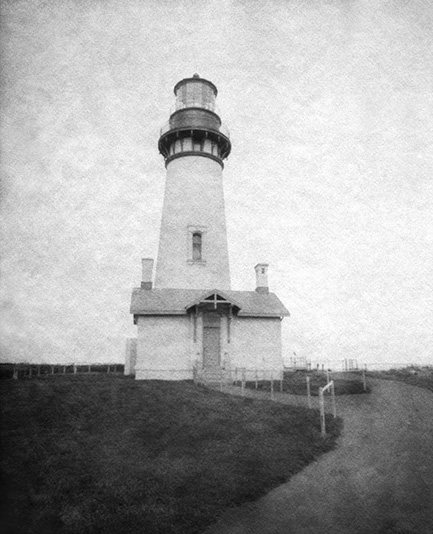
Update: 2/27/25 More information about handmade paper negatives here.
Paper negatives have increased in popularity more than I would have expected while excellent quality commercial films are still available. Price maybe? RC paper is about a quarter the cost of sheet film. Easier to work with? Paper can be handled in safelight conditions. I think it's a bit of both, but perhaps mostly it's about the fun and "looseness" of the process. I know that's what grabbed me. For anyone interested in D.I.Y. photography, but intimidated by the process of just getting started, paper negatives are an excellent way to begin. You could coat on commercial (glossy) baryta paper and end up with a product identical to commercial paper, although, currently, commercial plain baryta paper is hard to source. You could fix out old black and white printing paper, but I don't see the point in the effort. As long as excellent quality commercial products are still available, I see no reason to re-create those products. Handmade photography is its own art form. A handmade paper negative, coated on watercolor paper, has its own identity. |
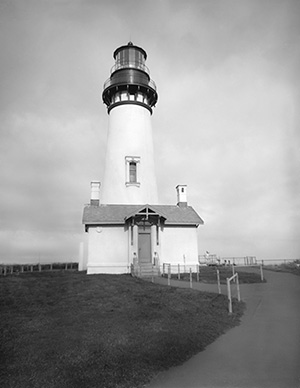
Above: Yaquina Head Lighthouse, Newport, Oregon (4"x 5" paper negative; Helix Vellum paper) Left: For comparison's sake, a film negative (handmade, with essentially the same emulsion) taken at the same time. Paper negative making and photography with paper negatives is covered extensively in my new book, The Handmade Silver Gelatin Emulsion Print—Creating Your Own Liquid Emulsion for Black & White Paper, published by Routledge/Focal Press. The link is on the home page. |
|
I get asked which aspect of DIY silver gelatin is my favorite. Up until recently I've said that's like asking who's my favorite child. They are each fun and creative. But, I actually have settled on my favorite—paper negatives—so simple and so fun (and, to me, more satisfying than digital photography). In a world with so many real problems requiring hard and complex work, "simple and fun" is a welcome respite for a few hours a week. |
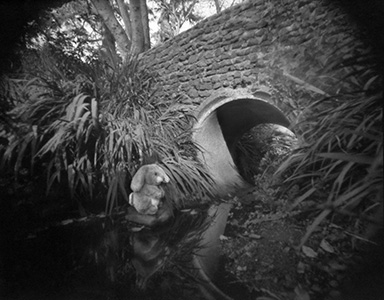
Anyone familiar with this website knows that I own far more cameras than any non-photographer would think sane. I love cameras—the funkier, the better. So, choosing my favorite (for now) work flow necessarily involved camera choice. In harmony with the goal of "simple and fun," I've settled on one camera/lens. For the portfolio Beyond Her Garden Gate, I'm using a Travelwide Wanderlust 4"x 5" camera with a 65mm lens (Schneider-Kreuznach Super-Angulon 1:8/65). The lens doesn't fully cover the format, so each negative has a ready-made vignette. To me it feels as though I'm looking through a telescope to another dimension. The camera can't be focused, but the lens mount can be positioned at a hyperfocal distance of 3 feet to infinity. I leave the lens settings at f/16 and "T." I start and stop the exposure by removing and replacing the lens cap. It's not possible to compose the image as one could with a standard view camera, so framing is like with a pinhole camera. The exposures are long (several minutes), at least this time of year and in the shaded scenes I prefer. I often shine an LED light into especially dark areas. Needless to say, the camera has to be on a tripod. The emulsion is coated on Rives Lightweight (115 gsm) paper. The negatives are developed in TLF-X Developer. I scan the dried negatives on a flatbed scanner at 16-bit grayscale and 3200 dpi. An invert, horizonal flip, spotting, and curves or levels are all that's required to prepare the negatives for either screen viewing or digital printing. The files are perfect for making enlarged digital negatives for any printing process. Direct contact printing and traditional enlarging both pick up a little too much paper texture for my taste, but of course, that is a very personal choice. |
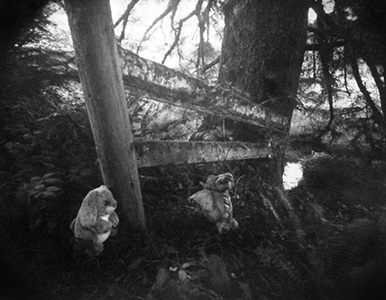
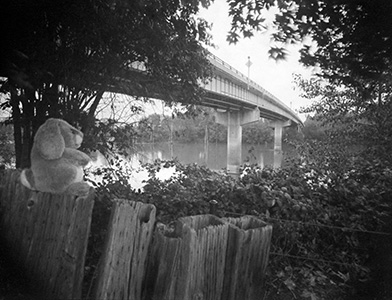
|
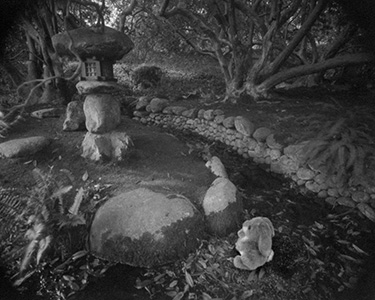
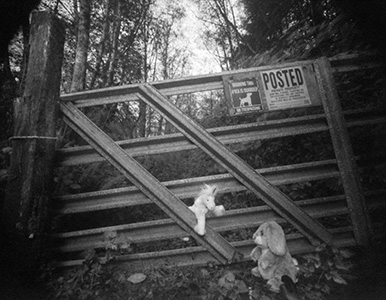
|
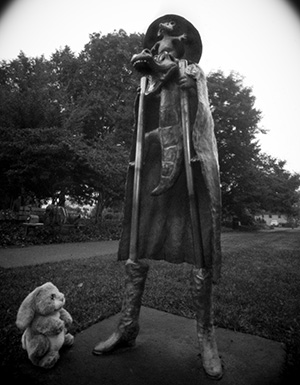
An interesting (and useful!) side-effect of slow emulsions and their long exposure times is that most motion passing through a scene is "erased." This exposure (left), made on a dark day in early October, required twenty minutes. A person walking on the park path crossed the entire image area during the exposure and he's nowhere to be seen. This lets me give a smile and shout of "It's OK! You're not in my way. Thanks!" to the good souls who notice and care. (And, bonus: Beatrice always gets a smile in return.) 
|
| < Film Printing-Out Paper (POP) > |